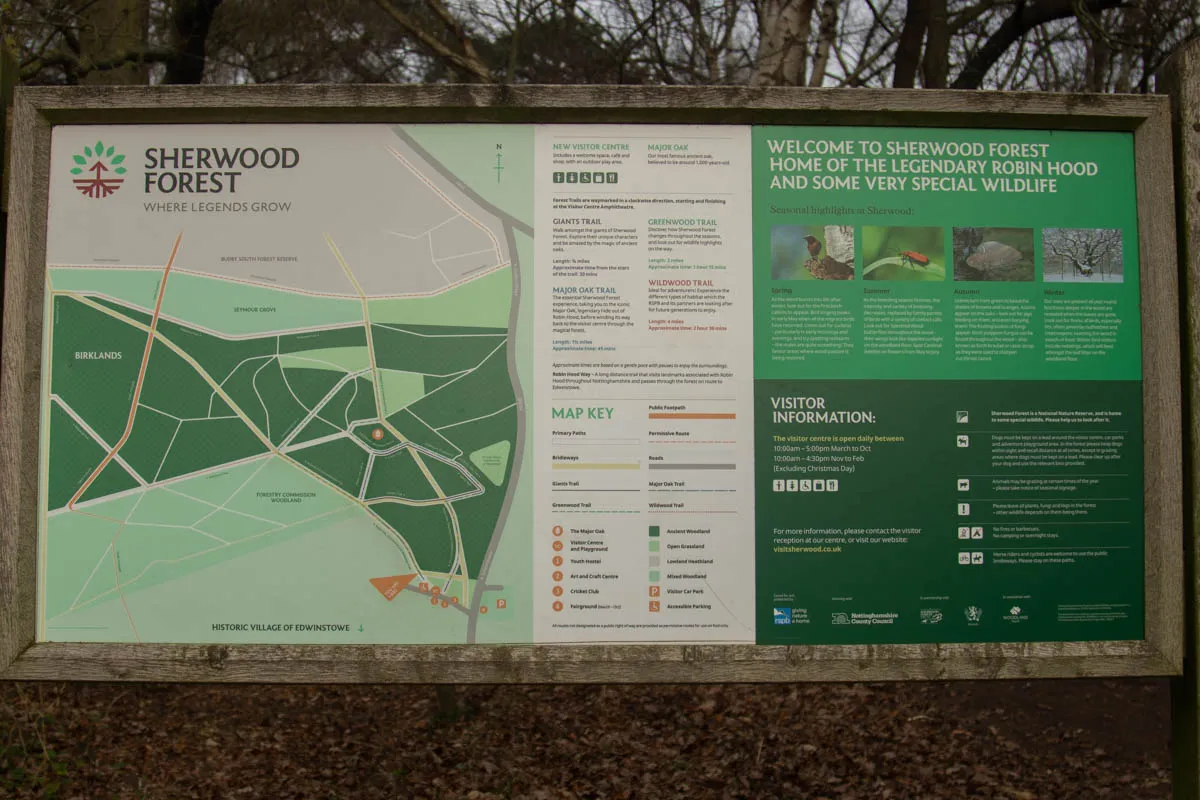
In between the running, and the working, (and not enough sleeping) I managed to fit in a trip to another RSPB Nature reserve
A couple of weeks back I visited RSPB Freistson Shore, and at the end of December we visited RSPB Langford Lowfields.
Yesterday, it was the turn of RSPB Sherwood Forest (website). It used to be owned by a different organization but at some point in the last 2 years it is now managed by the RSPB conservation charity.
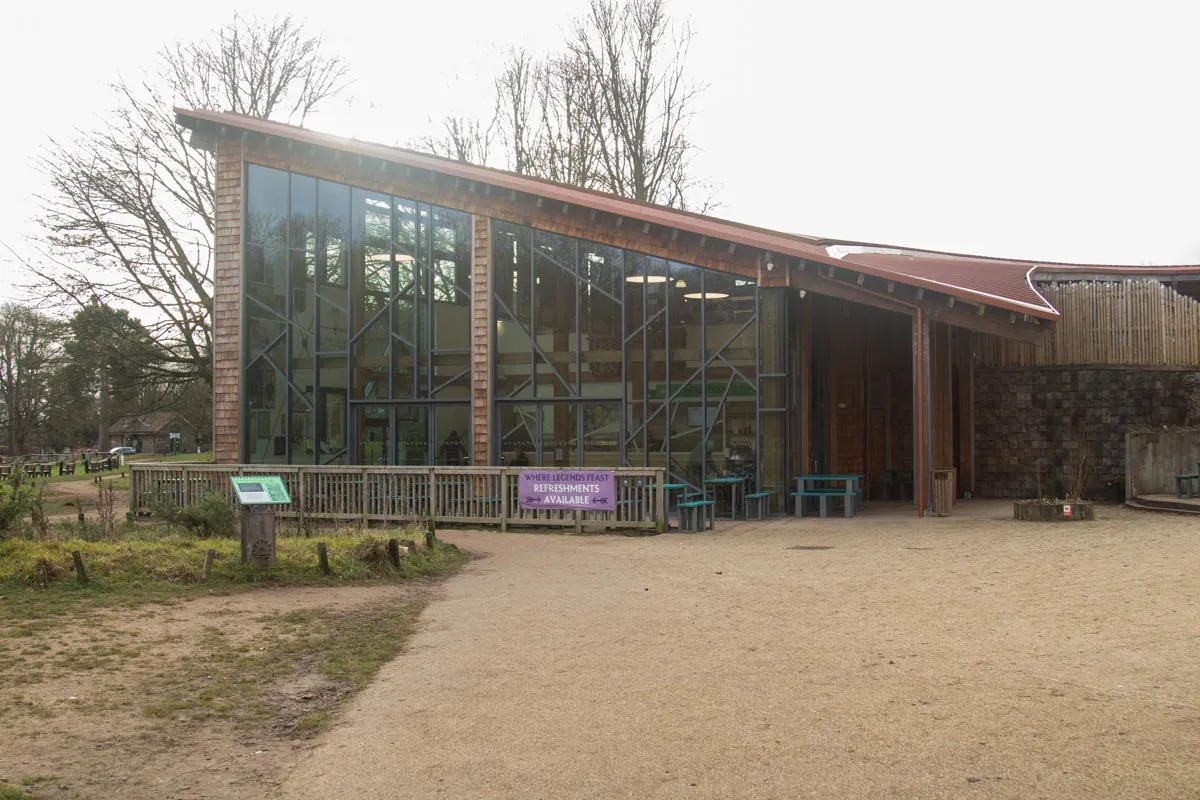
Its a while since I've been here, when my Parents mentioned they were going to go for a walk on Saturday morning I asked if I could go along for the opportunity of seeing of the various changes the RSPB has made.
The most obvioius thing is the 'branding' I guess. Sherwood Forest is of course apparently the home of the legendary outlaw Robin Hood, and when I visited as a child, the visitor attraction was focused on these stories, and the gift shop was flogging bows and arrows and little green hats to as many children as they could.
These days the focus is now on wildlife conservation, and the RSPB's main aim is to manage and protect the huge area of Ancient Oak Woodland on this site for the benefit of the wildlife living there.
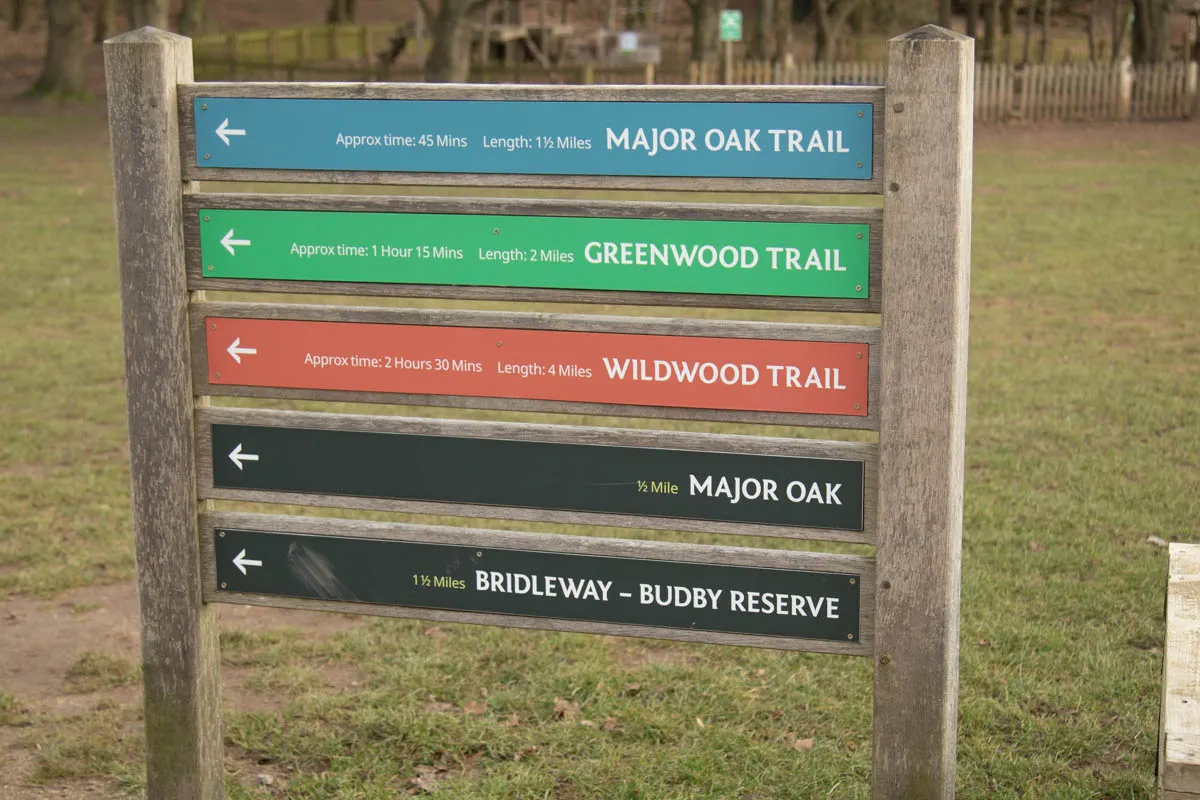
There were still nods to local history, with infomation boards mentioning Robin Hood, and the Major Oak is still a centrepiece on one of the walks.
My main interest today was bird spotting, and I dug out my camera (with suitable telephoto zoom lens) ready to capture anything I could see...

Parents leading the way, with Lola the dog alongside

That didn't take long. Just a few minutes in, I spotted this friendly Robin
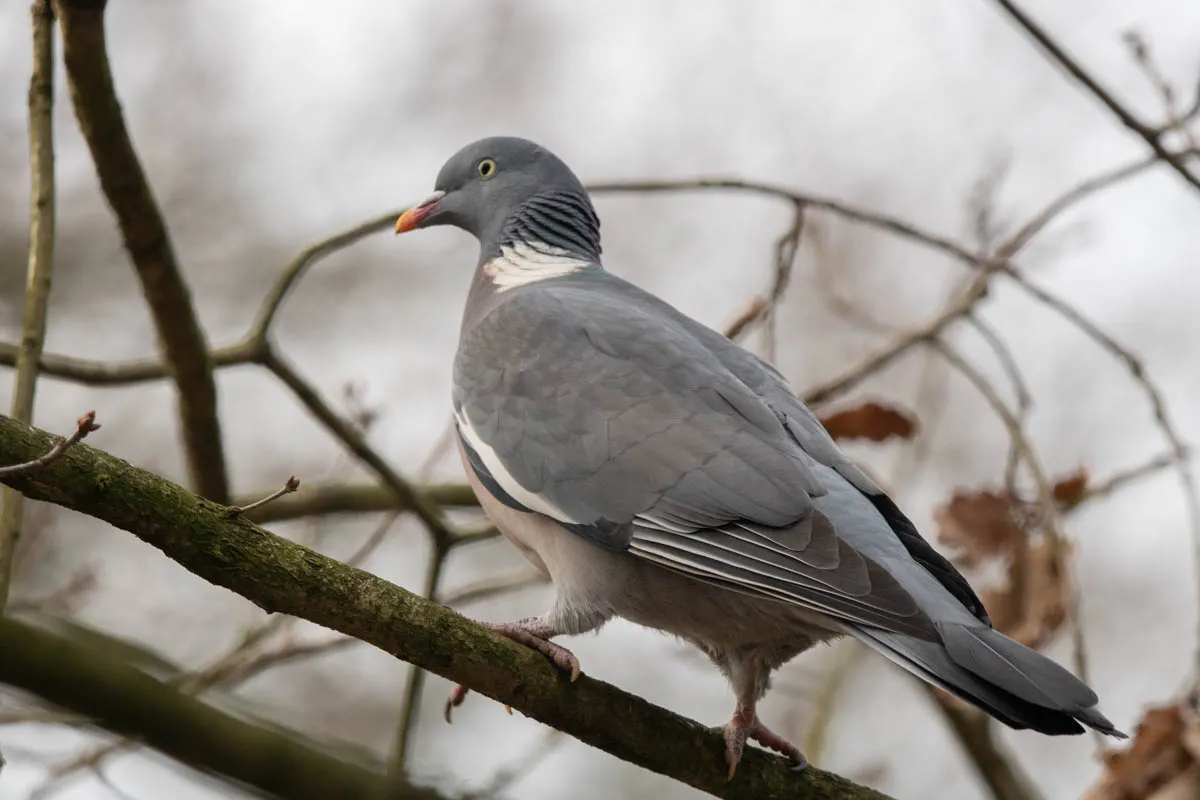
And then a woodpigeon high up in the branches

We were taking the Greenwood trail today, which I think was the longer of the 2 signposted circular walks.
The Budby Reserve is also owned/managed by the RSPB, and is a decent example of heathland located next to Sherwood Forest
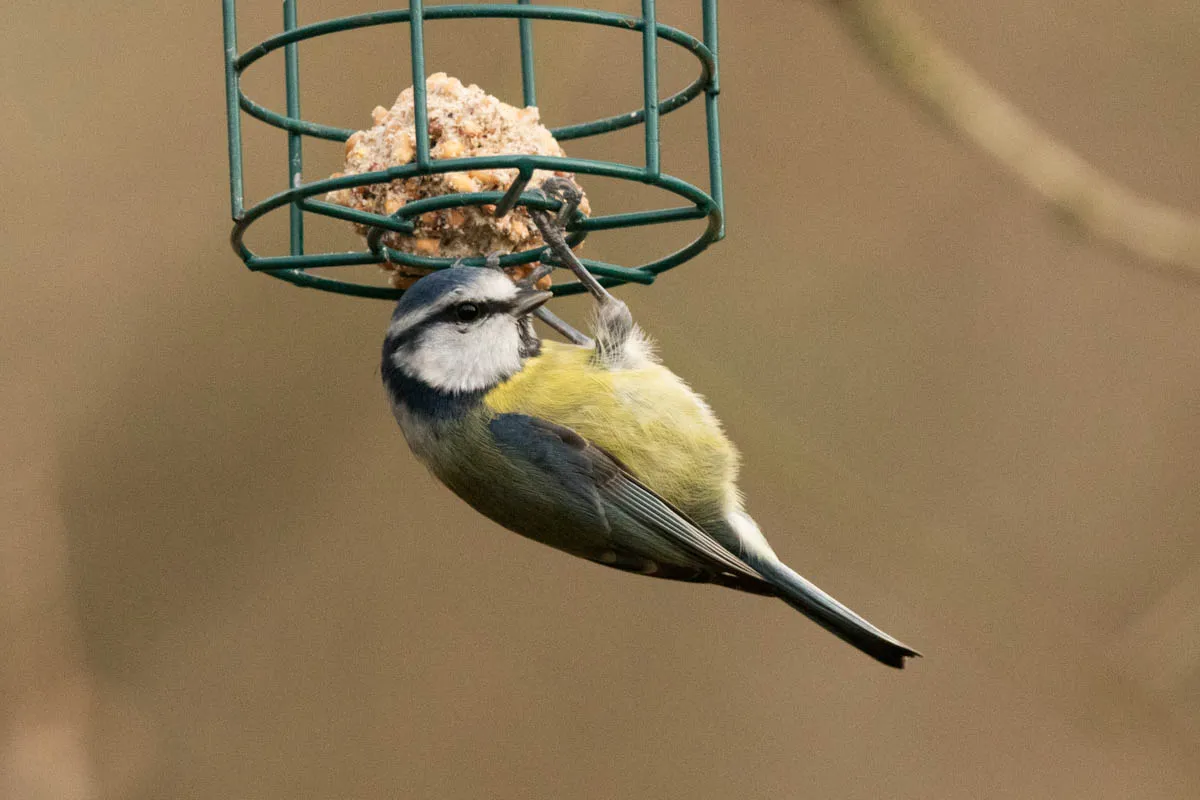
Along the path were dotted various feeding stations for different species of birds. In the winter months food is harder to come by, so they frequently visit these stations for an easy meal.
Here is a Blue Tit, hanging from a Fat ball feeder
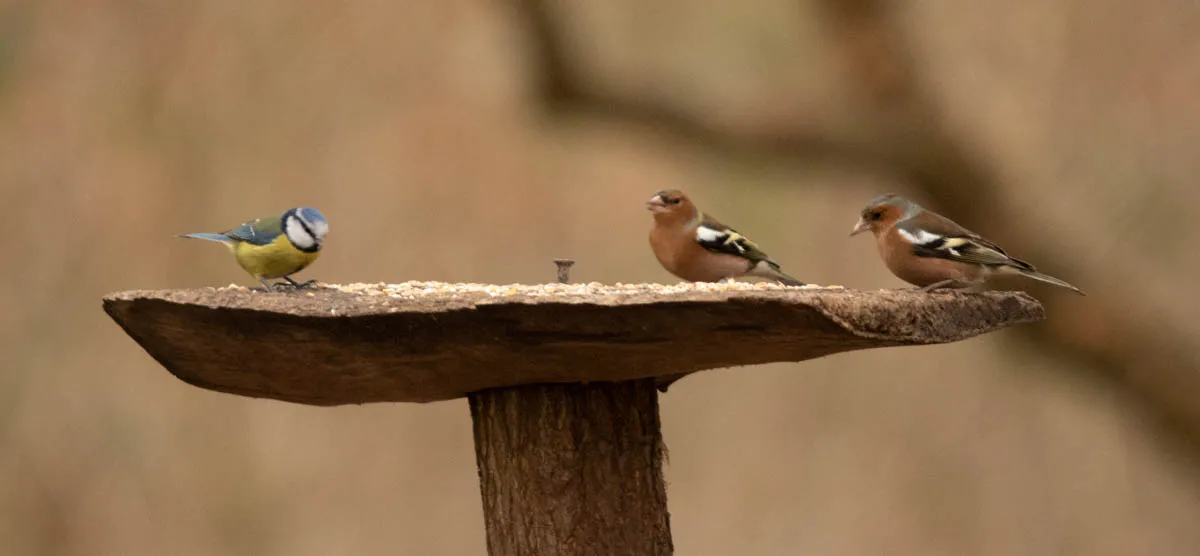
And then on a table there was a Blue Tit alongside a couple of Chaffinches
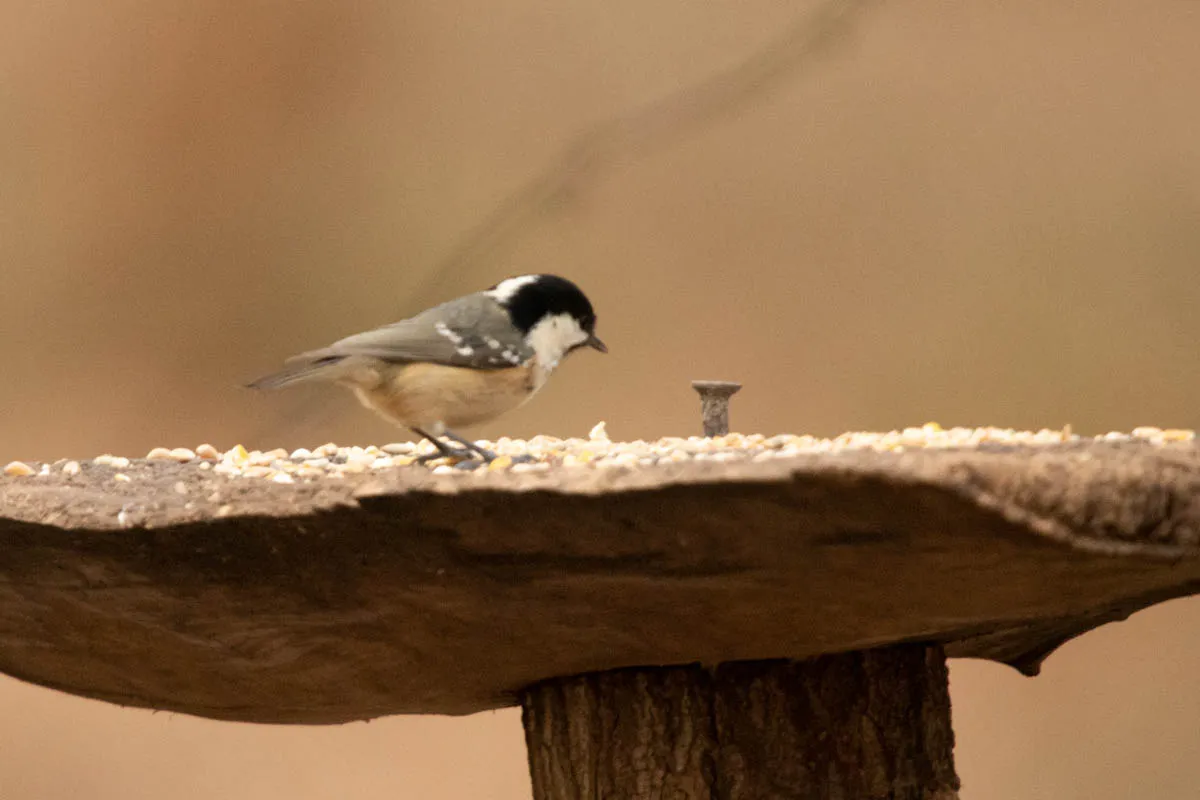
Then a Coal Tit appeared
There lots of different birds darting in and out. They are generally quite timid, so generally they fly in, pick up a seed, and then fly back up to the tree branches to eat it.
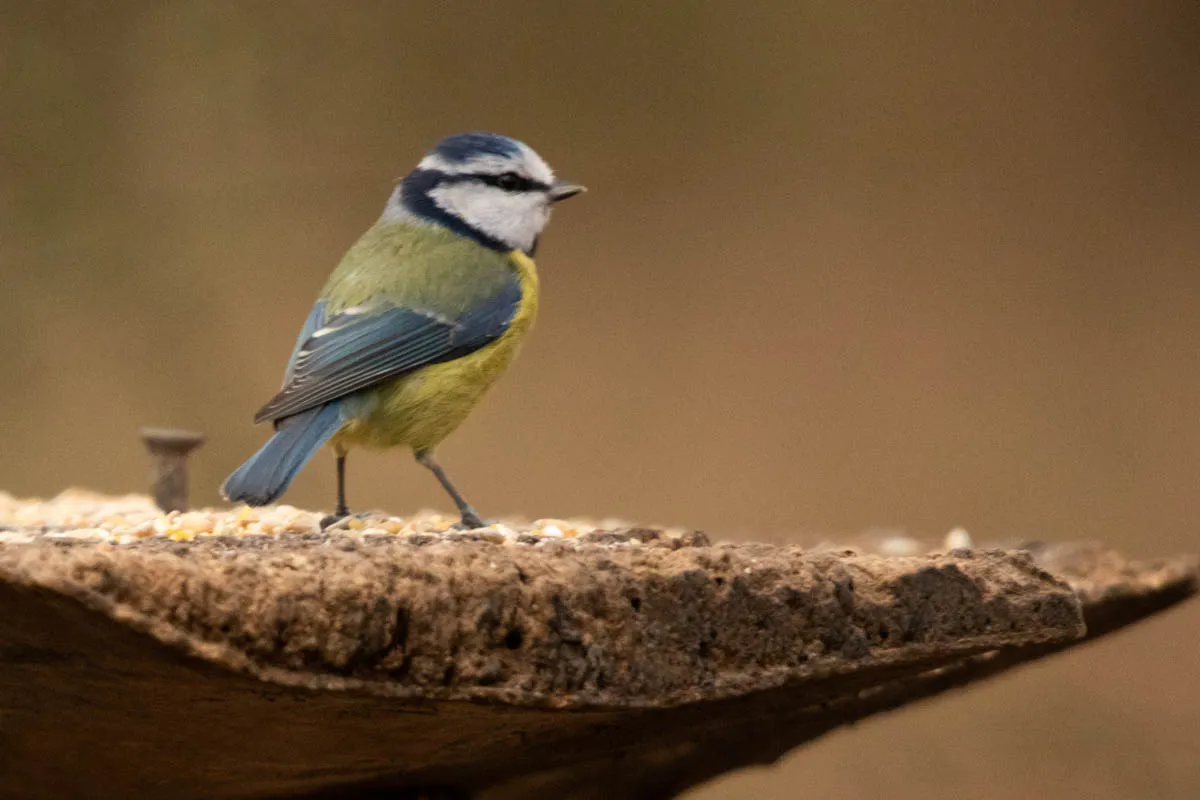
Blue Tit posing for the camera

And then a flock of blue tits appeared.
(is 3 birds enough to count as a flock?)
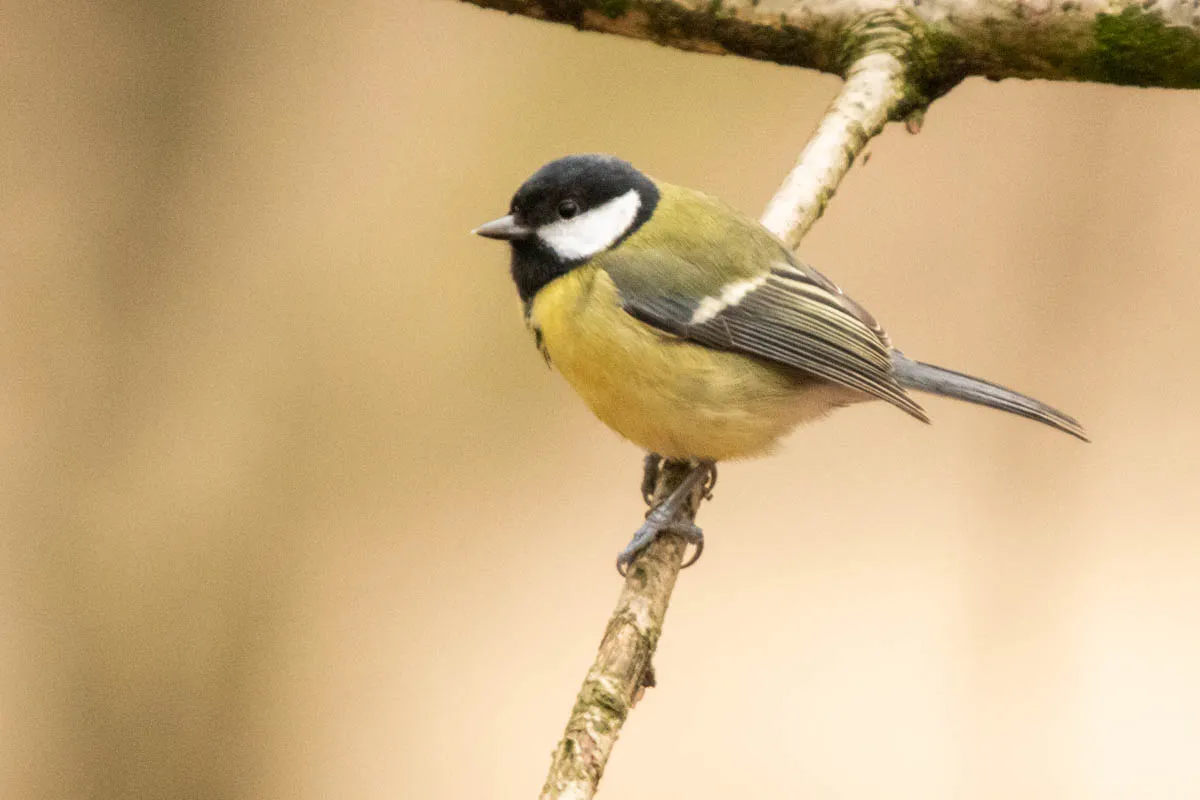
Ad then I spotted a Great Tit looking on with interest.
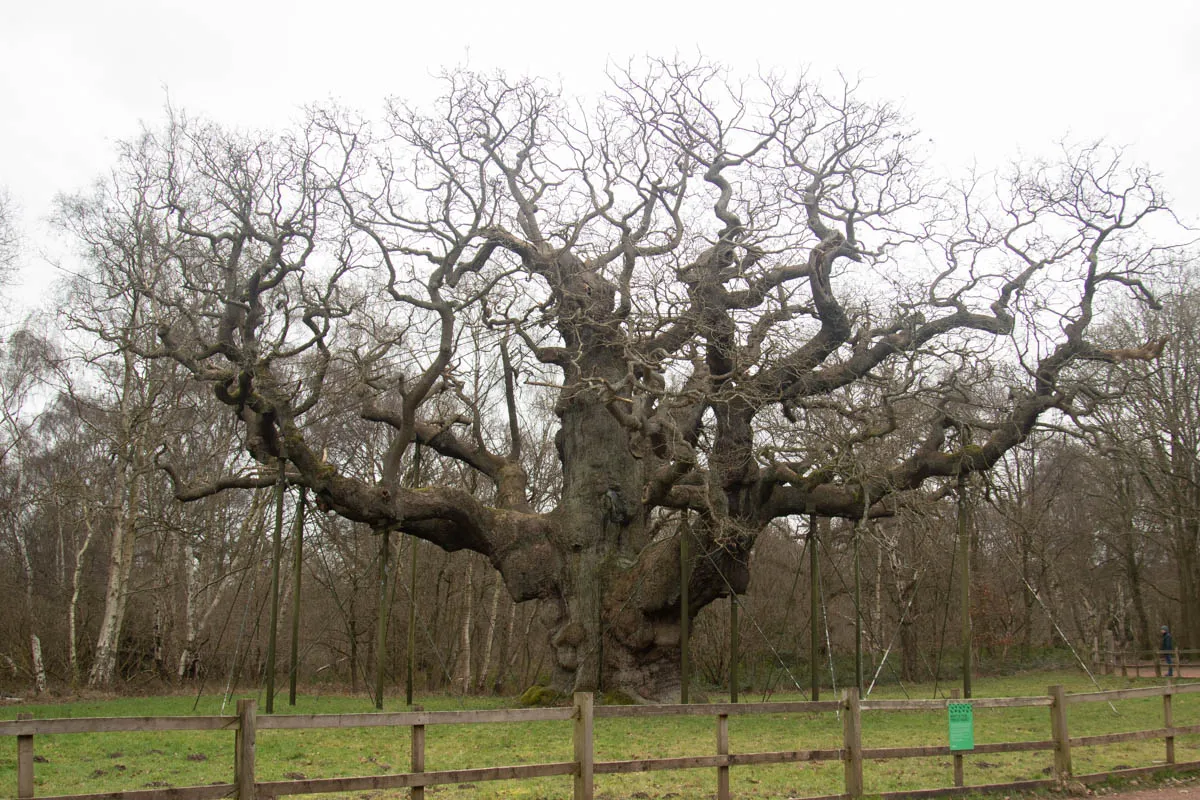
Further on round the walk, we spotted the famous Major Oak (looking a little worse for where to be fair). It has been estimated to be 1000 years old, and is probably not going to last much longer. I suspect any other tree would have been left to fall over and return back to the soil (dead wood is an important food source and habitat for 100's of species of invertebrates.
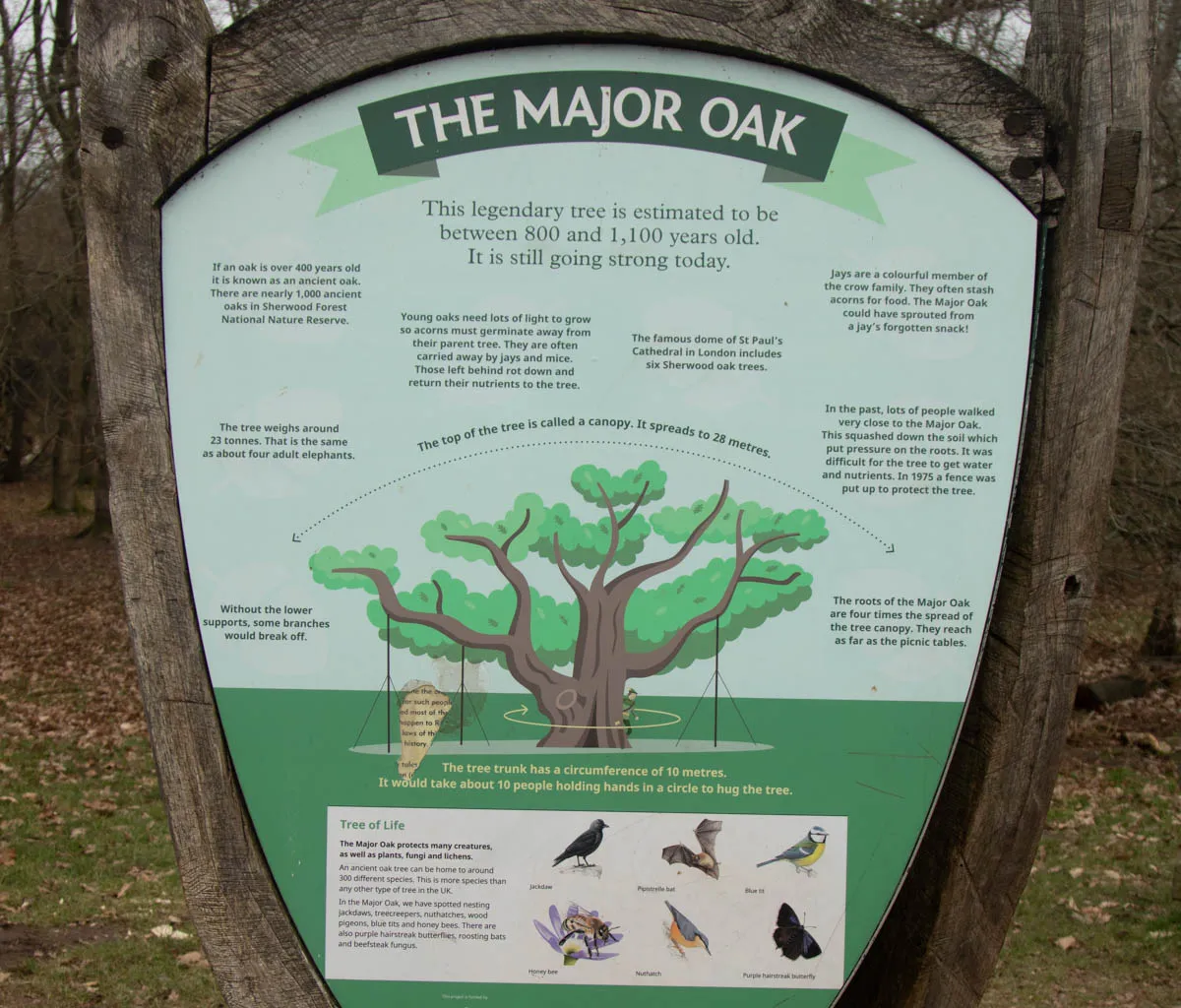
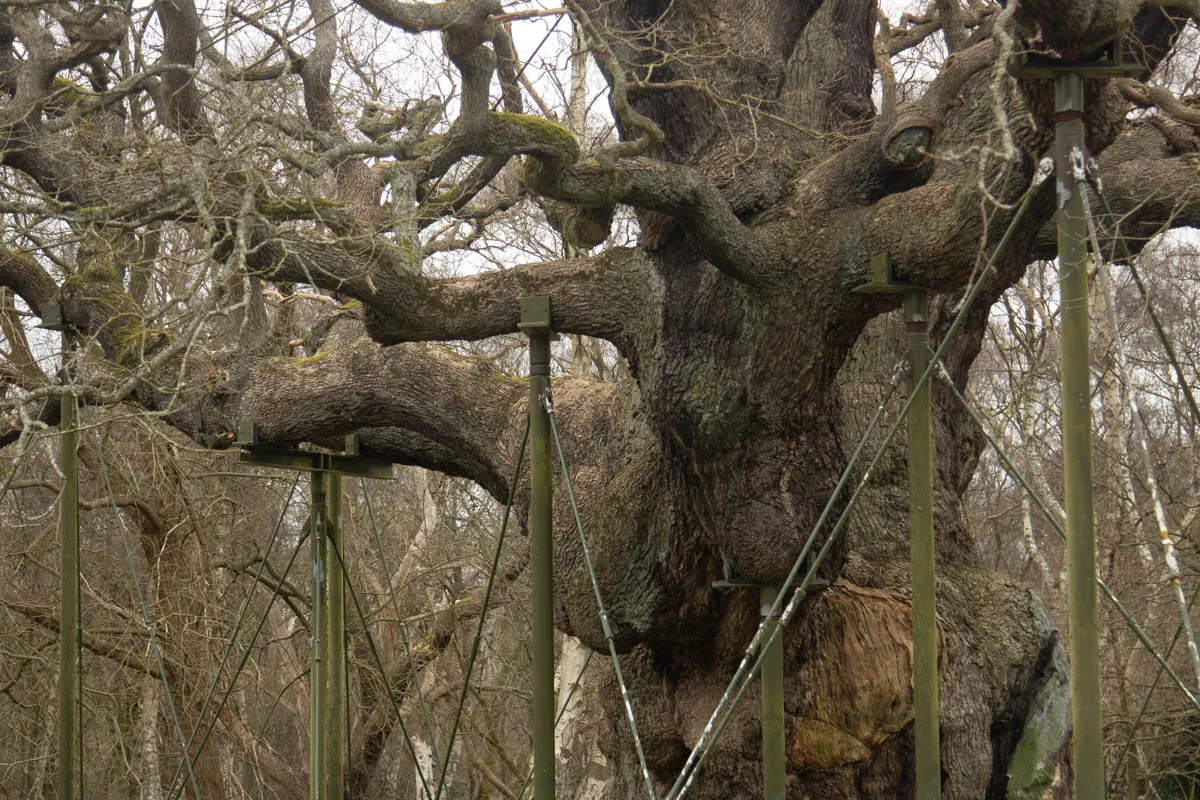
However, as it is such a huge focal point, it now has scaffolding and supports on it to help keep it upright.
I can understand why it is being looked after like this, but surely its only delaying the inevitable.
I suppose in the summer when it is covered in leaves it might look a bit more interesting lol
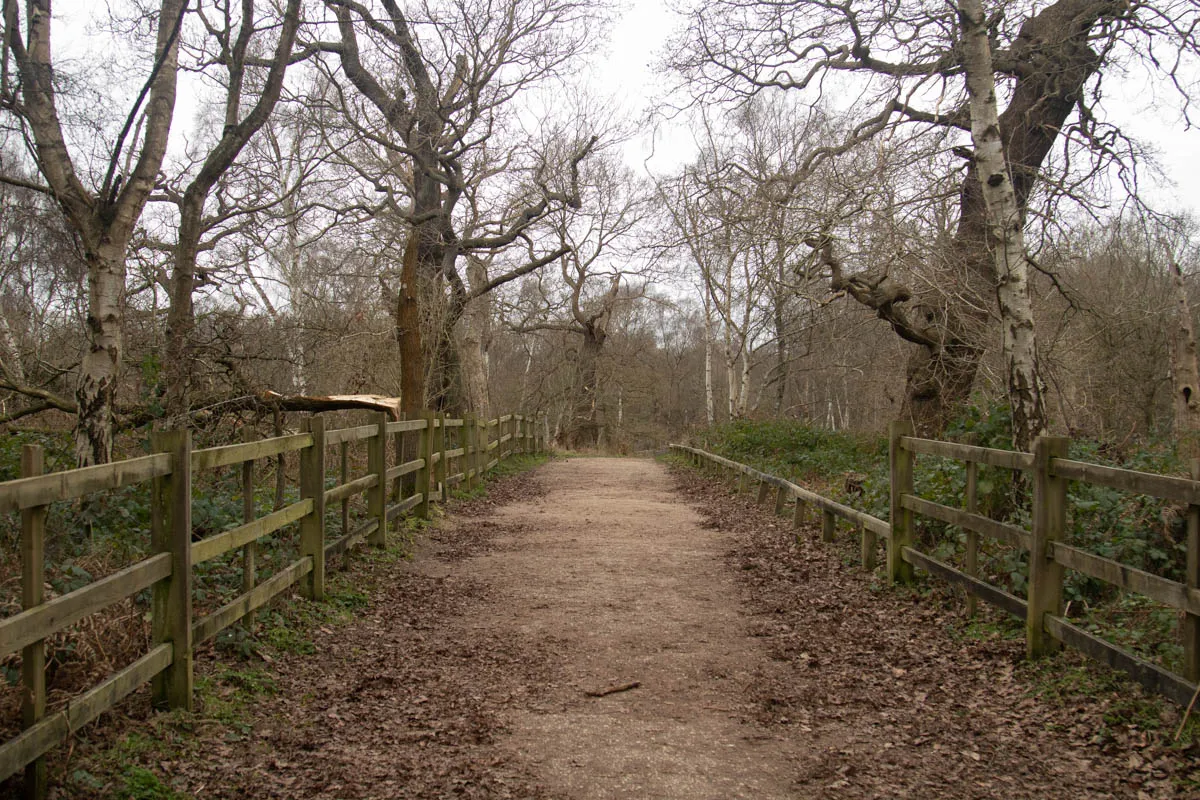
Carrying on round, there were still lots of different birds to see.
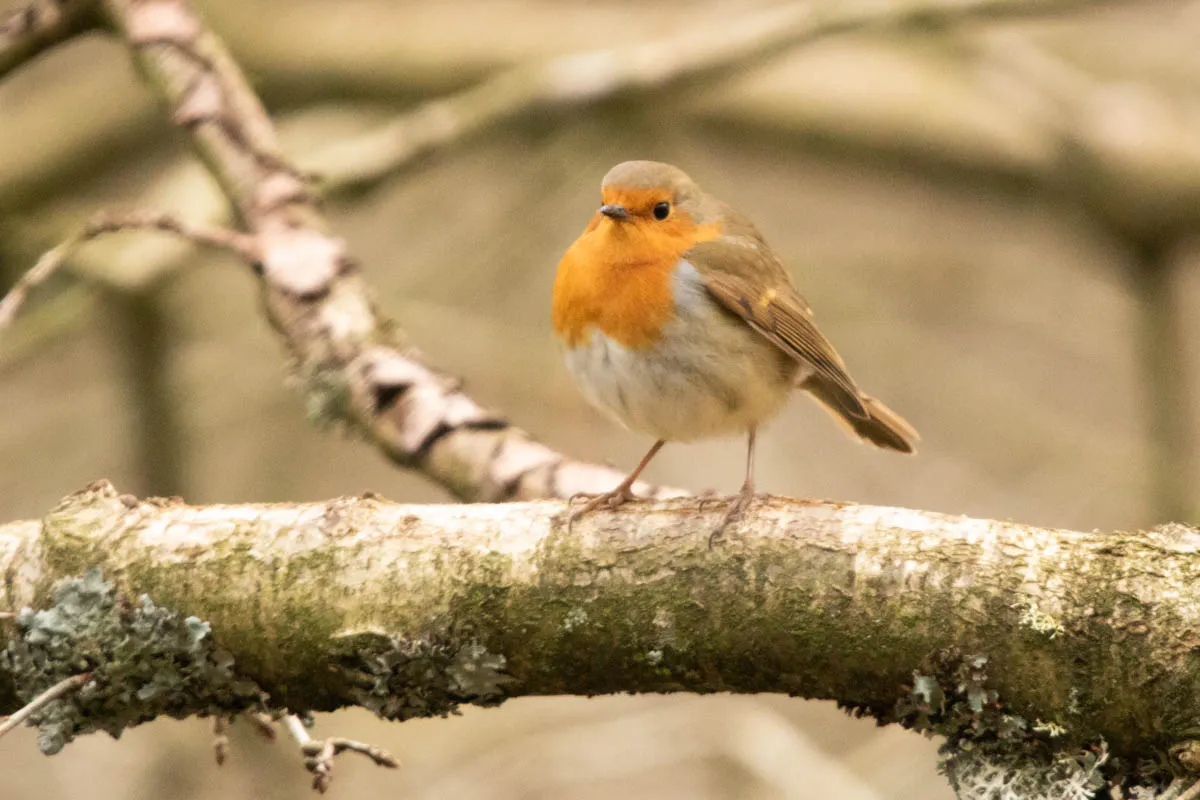
Another Robin, who allowed me to get a little closer to him(/or her).
There were also some Dunnocks, and another Chaffinch... and also some Blackbirds. We did hear the drumming of a Woodpecker echoing around the tree's... but the sound carries miles, there was no hope of seeing them.
Also a couple of Squirrels loitering around pinching some of the food that had been left for the birds
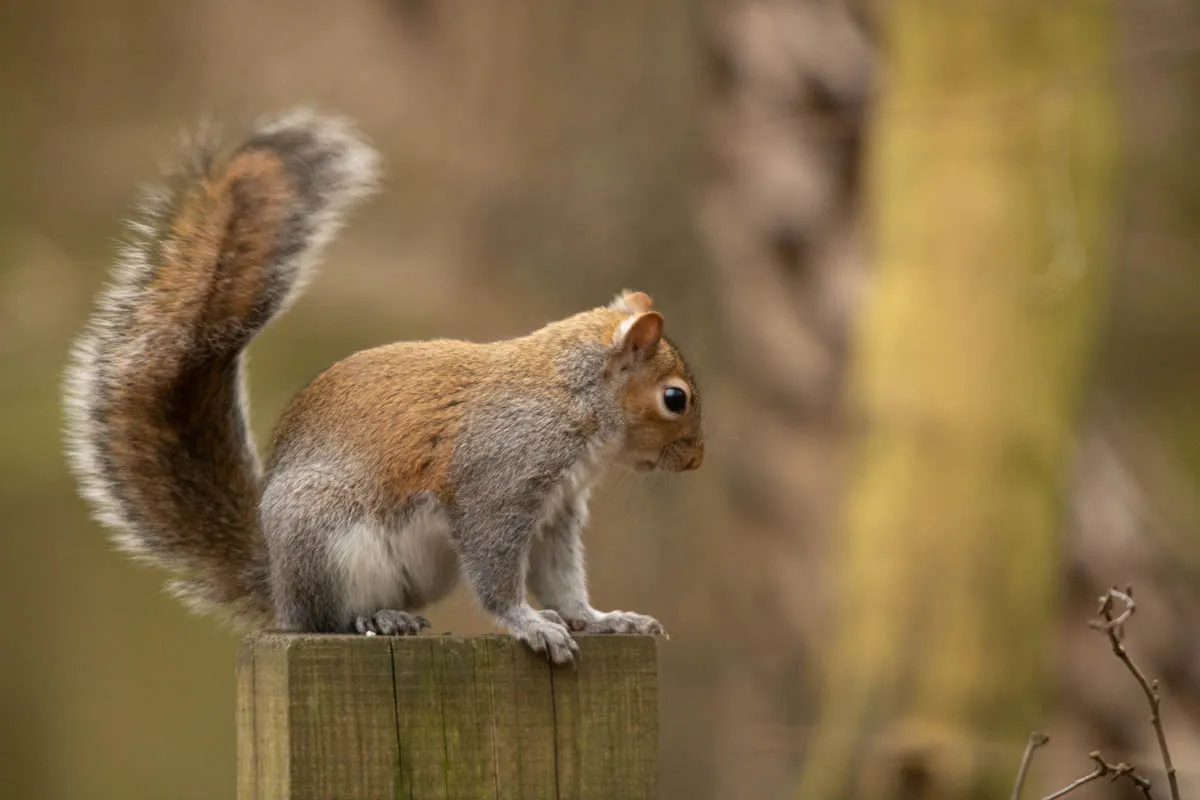
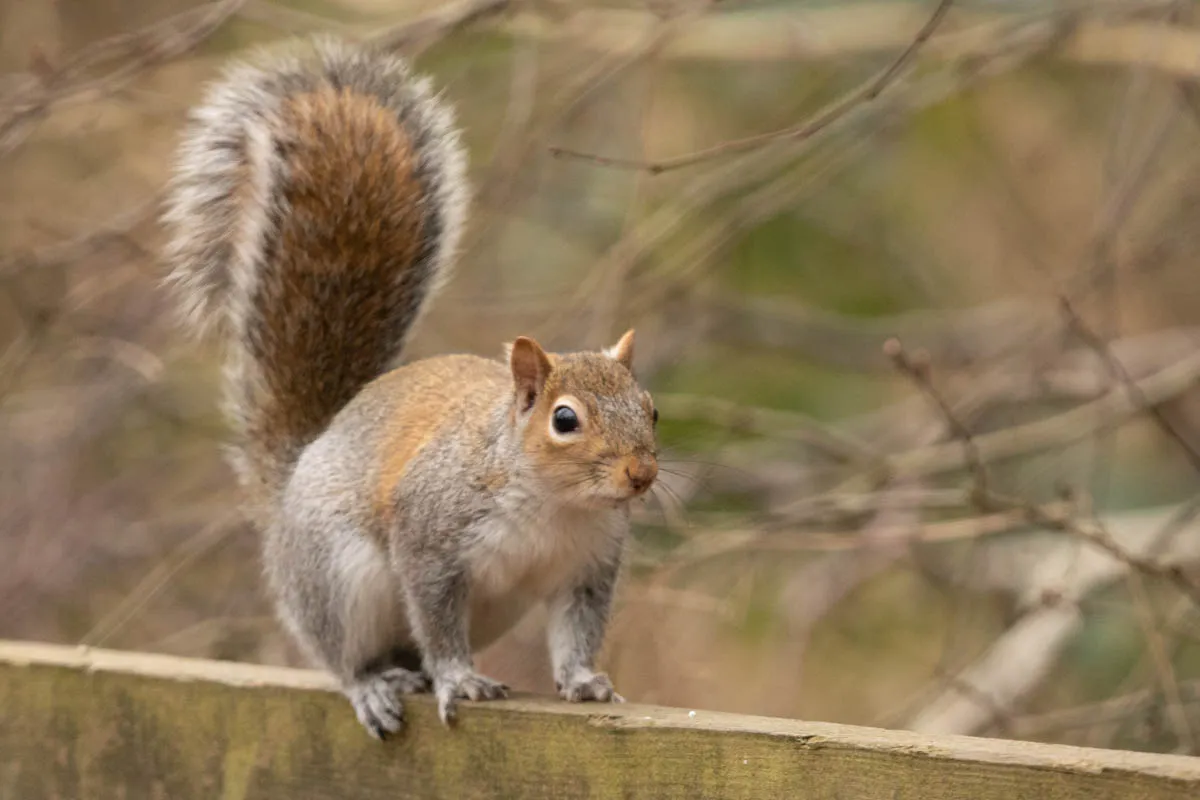
And then a flash of blue caught my attention
A Nuthatch!
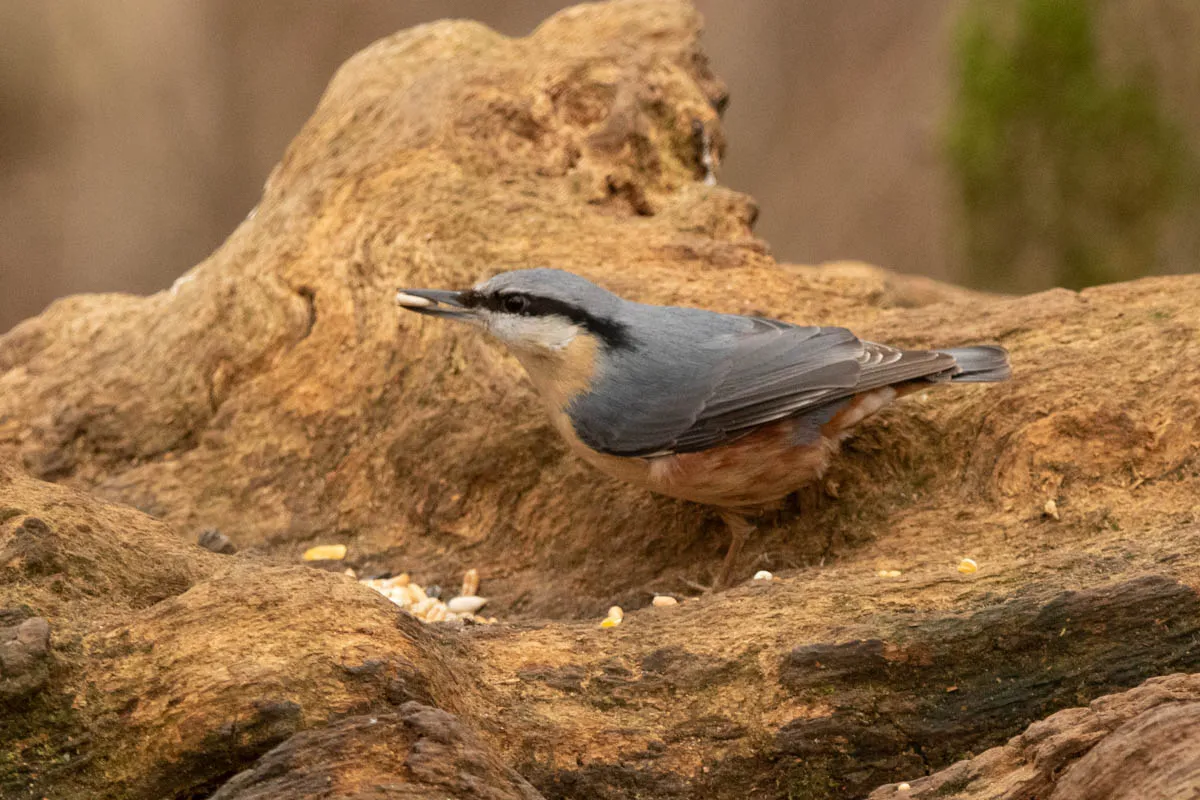
This was a nice find. All the rest of the birds had been species that I would have seen in the garden etc. The Nuthatch is generally found near woodland... and as such I've not seen them that often.
A really nice surprise... they were quick little buggers though... swooping down and grabbing some food and disappearing off into the branches
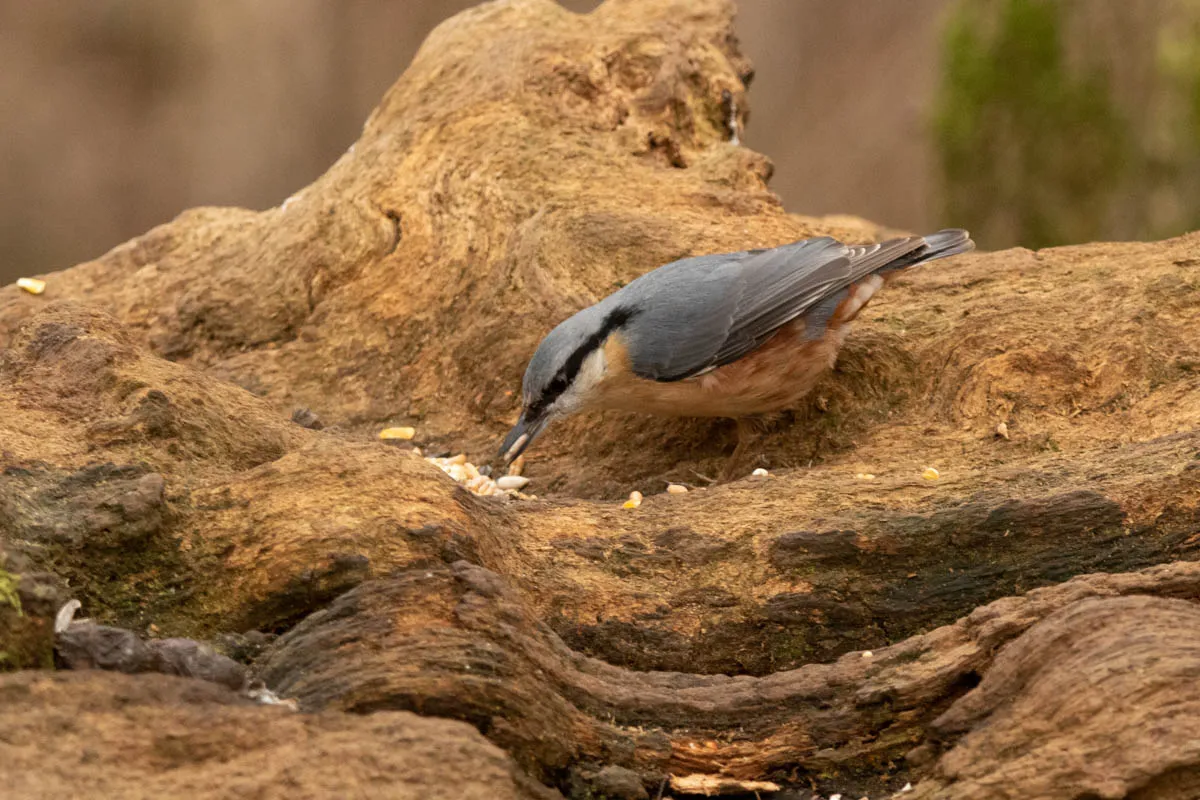
And then there was another woodland specialist. High up in the branches I could make out a small plump shape working its way up the trunk.

The behavior is a clue to the name - it is a Tree Creeper. It feeds by flying to the bottom of a tree and then working its way upwards looking for invertebrates hiding in nooks and crannies in the tree bark. Once it gets to the top, it will then fly to the bottom of the next tree to start another upward journey
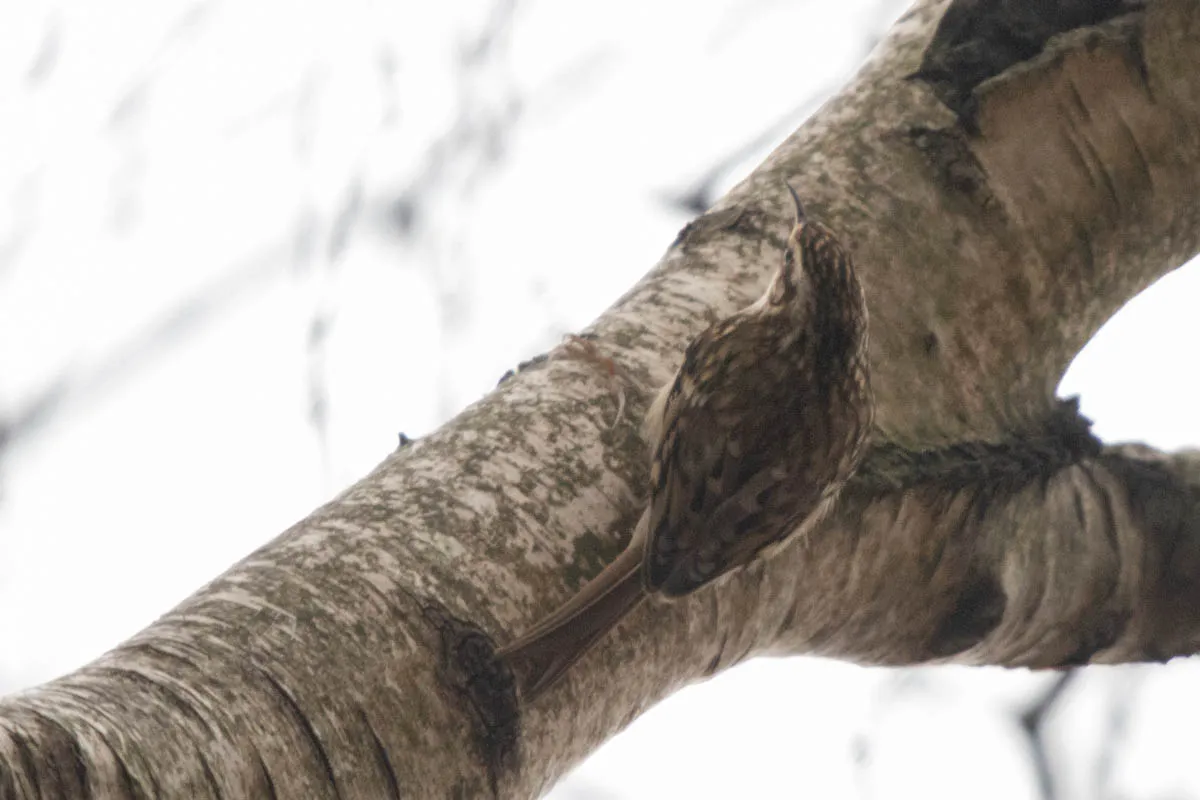
Those two surprises at the end was a great way to finish the walk around Sherwood Forest. I'm really pleased I came along today, and as I know that my parents come here every few weeks, I'm sure I'll be back soon to see what else I can find!

All names confirmed and checked via Wikispieces
Further Research from UK Moths and NatureSpot
Bird Identification checked via the RSPB Website

If you have any thoughts or opinions on this article then I'd love to see your comments.
And if you really like the content then maybe you would like to upvote or re-hive it.

Check out my website for more of my work.
